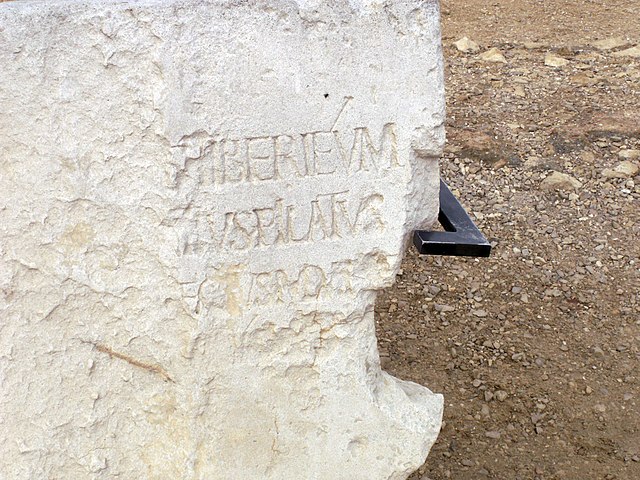Ludwig Philipp Albert Schweitzer was an Alsatian polymath. He was a theologian, organist, musicologist, writer, humanitarian, philosopher, and physician. A Lutheran minister, Schweitzer challenged both the secular view of the historical Jesus as depicted by the historical-critical method current at this time, as well as the traditional Christian view. His contributions to the interpretation of Pauline Christianity concern the role of Paul's mysticism of "being in Christ" as primary and the doctrine of justification by faith as secondary.
Schweitzer in 1955
Statue of Albert Schweitzer in Strasbourg
Albert Schweitzer's birthplace in Kaysersberg, now in Alsace in France
Schweitzer in 1912. Oil on canvas painting by Émile Schneider (Strasbourg Museum of Modern and Contemporary Art)
The term "historical Jesus" refers to the life and teachings of Jesus as interpreted through critical historical methods, in contrast to what are traditionally religious interpretations. It also considers the historical and cultural contexts in which Jesus lived.
Virtually all scholars of antiquity accept that Jesus was a historical figure, and the idea that Jesus was a mythical figure has been consistently rejected by the scholarly consensus as a fringe theory. Scholars differ about the beliefs and teachings of Jesus as well as the accuracy of the biblical accounts, with only two events being supported by nearly universal scholarly consensus: Jesus was baptized and Jesus was crucified.
An 11th-century Byzantine manuscript containing the opening of the Gospel of Luke
Hermann Samuel Reimarus (1694–1768) studied the historical Jesus.
Albert Schweitzer, whose book coined the phrase Quest [for] the Historical Jesus
The Pilate Stone from Caesarea Maritima, now at the Israel Museum







